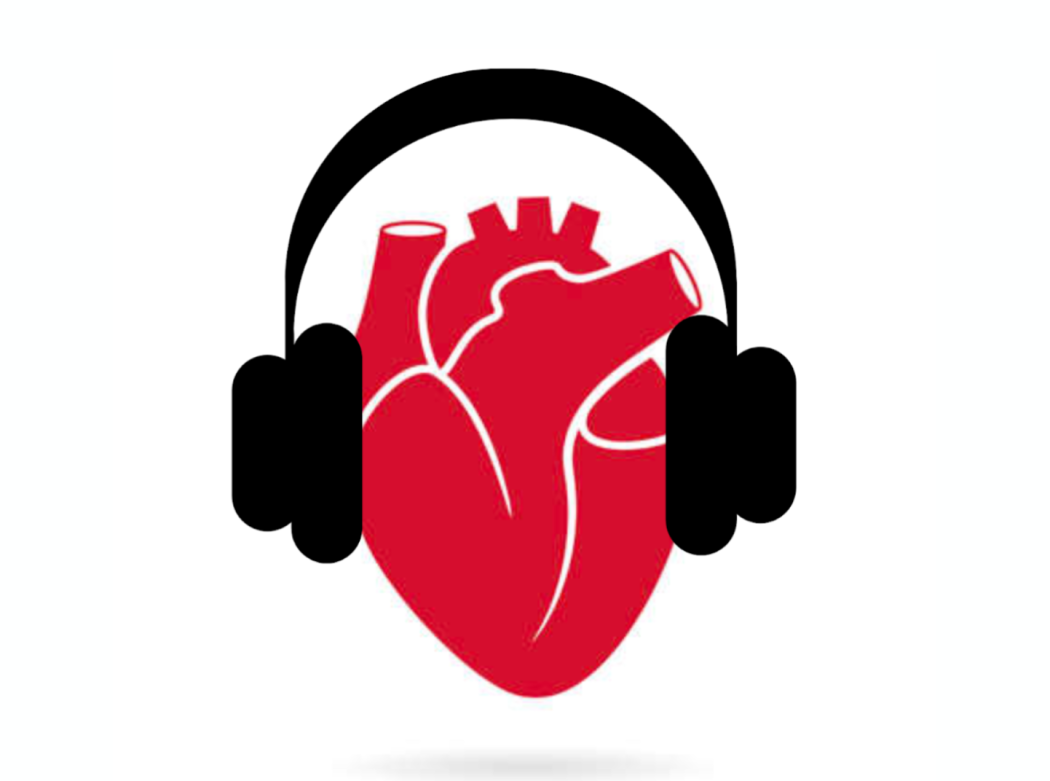February: the month when stores explode in various shades of reds and pinks, heart-shaped chocolate boxes and candy hearts litter the shelves, and just about everywhere you turn you see something with “xo xo”, “be mine” or hearts printed on it. February: the month of Valentine’s Day, a day to celebrate *love*. I admit, I find that my childhood memories have made it one of my favorite holidays. But in thinking about the Cupid-blessed day, I also can’t help but think of the other side of love’s coin: heartbreak. We’ve all been there at some point, dealing with that crushing pain in your chest that feels like it will never fade no matter what you do. Like many people, any time I’ve dealt with heartbreak I turn to the essentials: my friends, the gym, and music. Especially music. I bombard my ears, blast songs of anger and hurt, and hope that maybe it will drown out the pain I’m feeling.
I came across a quote recently that said, “music can heal the wounds that medicine cannot touch” (Debashish Mridha). I’ve certainly felt the healing effects of music on wounds that I perceive to be invisible, but it seems there’s more to it than that. How many times have you heard the “lub-dub, lub-dub” of a heartbeat likened to the steady beat of a drum? Or wheezes on a lung exam described as musical? Maybe we find music so comforting in times of pain because it’s intertwined with our very being.
How music influences the body is a subject that two University of Florida professors have been teaching since 2006 with their class “Music and the Brain”. Neuroscientest Kiminobu Sugaya and world-renowned violinist Ayako Yonetani teach students how music impacts different regions of the brain. For example in the putamen, the part of the brain that processes rhythm and the body’s movement and coordination, Yonetani explains “music can increase dopamine in this area…music temporarily stops the symptoms of Parkinson’s disease”. Sugaya also describes that Alzheimer’s patients in the late stages of the disease are typically unresponsive, however, if they have headphones placed and their favorite music is played “their eyes light up. They start moving and sometimes singing”. Effects can last up to ten minutes even after the music stops.
Moving and grooving to music seems like something that we are innately born with. Recall any video you may have come across on social media of an adorable chubby-cheeked baby in a diaper, bouncing along and stomping their feet to a catchy tune, like their brain is wired to move to musical notes and rhythms. Brian Harris, CEO and Co-Founder of MedRhythms, noticed this innate nature as well. After working as a music therapist helping stroke patients in the hospital start their recovery, he further researched the mechanisms of auditory-motor entrainment and produced InTandem™ (MR-001), a medical device that delivers Rhythmic Auditory Stimulation (RAS) interventions that help the auditory and motor centers of the brain synchronize. The product includes sensors that are placed in the patient’s shoes, a headset, and a touch-screen device downloaded with the InTandem software that is to be used during at-home physical therapy sessions. This marks the first prescription music platform to be put on the market, approved by the FDA in 2022 to help stroke survivors improve their ambulation, gait, and mobility. Perhaps music doesn’t just encourage us to get up and move, maybe it’s the reason we move.
There’s a possibility that music may stimulate more than just brain centers. A recent article published in Dec. 2023 by the University of Olso spoke of the ABINO project, which is dedicated to developing treatments and cures for diabetes. Working on the project is Dongho Kwak, a PhD candidate with a background in audio tech and a musician. When he exposed four groups of cells to different sound rhythms (steady, irregular, continuous, and no sound) he noted that the cellular filaments had shrunk, most notably in the continuous sound group. He is quoted stating his preliminary research has not shown “music is good or bad for cells”, and more robust protocols are needed , but the hope is that music will be shown to promote stem-cell differentiation into insulin-producing cells.
I don’t think it’s a coincidence that we turn to music in times of heartbreak, because music isn’t just a modality for healing when medicine fails; it is medicine itself. These new advances in research and tech appear to only be furthering the reach it can have on mending the body.
Kathleen LeFiles is a medical student from the Class of 2026 at The University of Arizona College of Medicine - Phoenix. She graduated in 2020 from The University of Arizona in Tucson with a degree in Physiology and a minor in Care, Health, and Society. When she's not studying or writing, Kathleen enjoys practicing Pilates and yoga, frequenting local coffee shops, and listening to pop music. Feel free to contact her @kathleenlefiles on Instagram or email at klefiles@arizona.edu.


